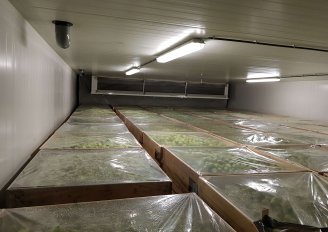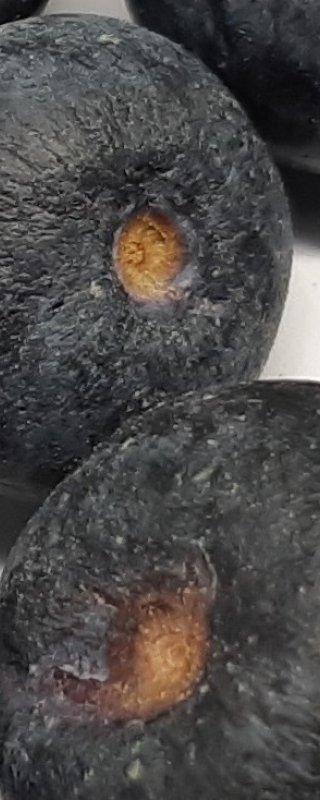
Managing humidity conditions
In addition to temperature, the humidity of the atmosphere is an important determining condition to preserve quality of fresh products after harvest. Here we explain the basic concepts and discuss how the moisture conditions affect the product. How can it be controlled in practice?
Directly to

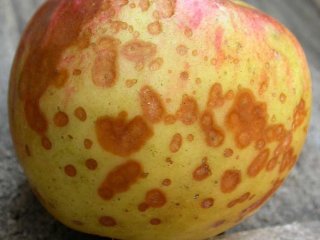
Effects humidity conditions on product quality
High humidity can cause all kinds of abnormalities such as internal browning and mould development. During storage of apples, a (too) high humidity can lead to internal brown discolouration, because waste products cannot be disposed of properly. Too low humidity can cause the product to lose weight, dry out and shrivel. That is why the right humidity is essential to maintain the moisture loss and thus the quality after harvest. Do you want to know more about the theory of humidity? Then first read more about the theory at the end of this page.
Interaction product and environment

There is an interaction between the water in the product and the air around the product. It is assumed that the relative humidity in a fruit or in a leaf is close to 100% near the product surface. In the ambient air, the humidity is often lower, causing water to escape from the product to the air. The difference in moisture content between product and air is the driving force for moisture loss, this is called the vapor pressure deficit. This increases at a higher temperature and/or greater difference in relative humidity. The greater the difference between the vapor pressure of the product surface and the ambient air, the more water the product will lose.
Managing moisture loss
Optimizing the refrigeration process, taking into account the humidity requirements of the stored product, is important. When controlling moisture loss in a storage area, factors such as the type of product, varieties and type of packaging must be taken into account.
Trends in moisture management
-

Ultrasonic humidification applied with unpacked vegetables in a supermarket, to limit water loss. Photo by WUR. Ultrasonic humidification in a supermarket
To keep the moisture levels high in fresh products, supermarkets may use ultrasonic humidification systems. The principle is limited to products that are not fully packed. The droplets are so small that they can float in the air instead of falling on the product. In this way, the products remain dry in a humid environment and dehydration of the product is limited. -
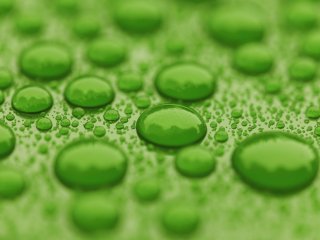
Drops on a coated surface. Photo by GCapture/Shutterstock.com Coating as alternative for packaging
A coating is applied postharvest with the intention of keeping the product fresh for longer, often in combination with other postharvest technologies. Usually the coating is made on the basis of plant material, so that it is also safe to eat. It creates a barrier against water loss and can play an aesthetic role as it makes coated products more glossy. In some cases, it can reduce the need for packaging by contributing to a modified atmosphere effect. -
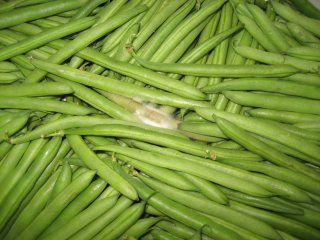
French beans with mould. The trend of reduced use of chemical crop protection asks for innovative solutions to prevent losses in the chain because of pathogens. Photo by WUR. Microbial infection
In recent years, the use of chemical pesticides has become stricter and - with a view to health and the environment - this trend will continue. This can lead to more quality loss and/or product spoilage due to the presence of pests and infections after harvest. That is why innovative solutions, in combination with good postharvest management, including in the field of moisture control, must be found to prevent food losses in the value chain.
